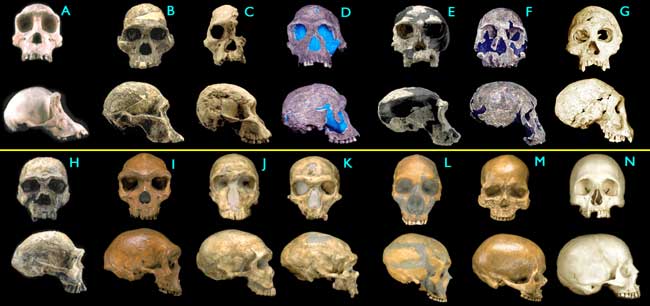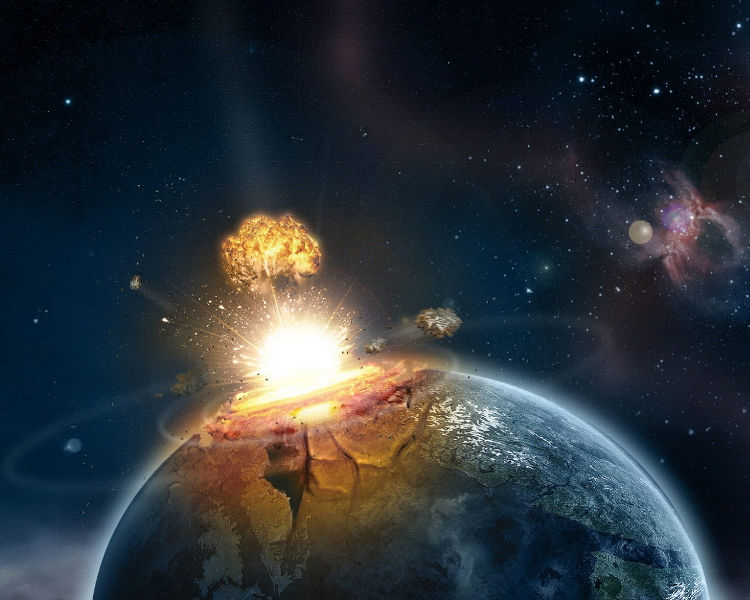 I've been in Ms. Malonek's Biology class for more than half year, and I really learned a lot of knowledge from this class. For example, I learned about the cells, and the different uses of each part in the cell. In addition, I also learned the evolution of humans, so I understood where were we coming from. Photosynthesis and cell respiration are the knowledge that I learned form seventh grade, but I still learned these deeply in Biology. I enjoyed the labs we've done in the class, too since I can learn some knowledge from these experiences. I met many friends in this class, and we can discuss and learn from each other. Rather than the knowledge from the book, Ms. Malonek always gives us some additional information outside of the textbook. To sum up these reasons, I learned a lot of stuffs in my biology class.
I've been in Ms. Malonek's Biology class for more than half year, and I really learned a lot of knowledge from this class. For example, I learned about the cells, and the different uses of each part in the cell. In addition, I also learned the evolution of humans, so I understood where were we coming from. Photosynthesis and cell respiration are the knowledge that I learned form seventh grade, but I still learned these deeply in Biology. I enjoyed the labs we've done in the class, too since I can learn some knowledge from these experiences. I met many friends in this class, and we can discuss and learn from each other. Rather than the knowledge from the book, Ms. Malonek always gives us some additional information outside of the textbook. To sum up these reasons, I learned a lot of stuffs in my biology class.Wednesday, March 23, 2011
Free Choice: The Things That I learned From Ms. Malonek's Class
 I've been in Ms. Malonek's Biology class for more than half year, and I really learned a lot of knowledge from this class. For example, I learned about the cells, and the different uses of each part in the cell. In addition, I also learned the evolution of humans, so I understood where were we coming from. Photosynthesis and cell respiration are the knowledge that I learned form seventh grade, but I still learned these deeply in Biology. I enjoyed the labs we've done in the class, too since I can learn some knowledge from these experiences. I met many friends in this class, and we can discuss and learn from each other. Rather than the knowledge from the book, Ms. Malonek always gives us some additional information outside of the textbook. To sum up these reasons, I learned a lot of stuffs in my biology class.
I've been in Ms. Malonek's Biology class for more than half year, and I really learned a lot of knowledge from this class. For example, I learned about the cells, and the different uses of each part in the cell. In addition, I also learned the evolution of humans, so I understood where were we coming from. Photosynthesis and cell respiration are the knowledge that I learned form seventh grade, but I still learned these deeply in Biology. I enjoyed the labs we've done in the class, too since I can learn some knowledge from these experiences. I met many friends in this class, and we can discuss and learn from each other. Rather than the knowledge from the book, Ms. Malonek always gives us some additional information outside of the textbook. To sum up these reasons, I learned a lot of stuffs in my biology class.Wednesday, March 16, 2011
Compare and contrast two biomes describe them in detail include pictures of plants and animals you are liklely to see
 There are two distinctly different biomes in the Earth, which are terrestrial biome and aquatic biome. Basically, both biomes contains animals and plants, but one is on the land and another is in the water. In terrestrial biome, there are reptiles, insects, mammals, and birds. There are also desserts, forests, and grasslands in the terrestrial biome. On the other hand, the aquatic biome means the oceans, and it also has its unique organisms. In aquatic biome, there are various kinds of fish and reeds. In addition, there are still some mammals in the ocean. Oceans, lakes, pools, streams, and rivers are all the parts of aquatic biome. The terrestrial biome is similar to aquatic biome since they are both on the Earth with different organisms live in. To sum up these reasons, the are several similarities and differences between terrestrial and aquatic biomes.
There are two distinctly different biomes in the Earth, which are terrestrial biome and aquatic biome. Basically, both biomes contains animals and plants, but one is on the land and another is in the water. In terrestrial biome, there are reptiles, insects, mammals, and birds. There are also desserts, forests, and grasslands in the terrestrial biome. On the other hand, the aquatic biome means the oceans, and it also has its unique organisms. In aquatic biome, there are various kinds of fish and reeds. In addition, there are still some mammals in the ocean. Oceans, lakes, pools, streams, and rivers are all the parts of aquatic biome. The terrestrial biome is similar to aquatic biome since they are both on the Earth with different organisms live in. To sum up these reasons, the are several similarities and differences between terrestrial and aquatic biomes. Wednesday, March 9, 2011
Which level of a food pyramid is the most important?
Based on the food pyramid, I discover that the grains are the most essential level of humans. Most cereals have essential amino acids lysine. In addition, only 15 percent of grains contain fat and calories. The most important elements of grains are their vitamins and minerals. Nevertheless, more minerals of grains are on the brans or germs instead of the components inside, people always take the healthier things aways from them. The brans are composed of soluble and insoluble fibers. The soluble fibers can lower the cholesterol in the blood, and the insoluble fibers are the important factor of digestive system. Even though the grains are less effective after the removal of brans, the components inside still have fibers and iron; these ingredients are very useful for the lives of humans.
Wednesday, March 2, 2011
There have been 5 major extinction events throughout history, are humans impacting the 6th? Why or why not?
 Cretaceous–Tertiary extinction event, Triassic–Jurassic extinction event, Permian–Triassic extinction event, Late Devonian extinction, and Ordovician–Silurian extinction event are the five major extinction events in the history of earth. However, will humans impact the extinction in the later of the world? The extinction of humans absolutely will happen on humans because every species in this world would have an end on them. On the other hand, if the technologies of humans become ore superior, then they may find out some ways to rescue themselves. Million years ago, the dinosaurs controlled this world; nevertheless, they did not evade the extinction. Million years in the future, humans also have a big chance to face the extinction, and they may not live through the extinction. The world is a creator, and it can both create and destroy its creations, such as humans.
Cretaceous–Tertiary extinction event, Triassic–Jurassic extinction event, Permian–Triassic extinction event, Late Devonian extinction, and Ordovician–Silurian extinction event are the five major extinction events in the history of earth. However, will humans impact the extinction in the later of the world? The extinction of humans absolutely will happen on humans because every species in this world would have an end on them. On the other hand, if the technologies of humans become ore superior, then they may find out some ways to rescue themselves. Million years ago, the dinosaurs controlled this world; nevertheless, they did not evade the extinction. Million years in the future, humans also have a big chance to face the extinction, and they may not live through the extinction. The world is a creator, and it can both create and destroy its creations, such as humans.
Subscribe to:
Posts (Atom)









